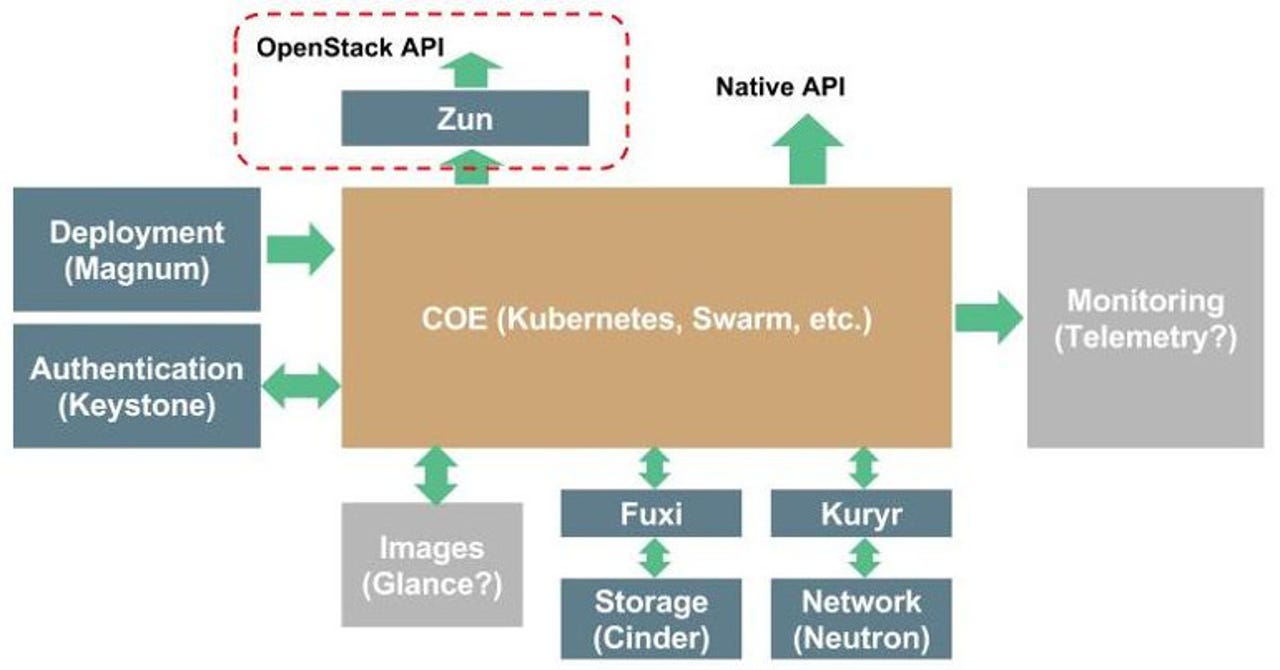New OpenStack Ocata stabilizes popular open-source cloud

Usually, it would be another couple of months before the open-source OpenStack Foundation cloud released a new version of its cloud software. This time around the OpenStack community released the latest version, Ocata, on a one-time, shorter cycle. This release is focused on improving stability, scalability, and performance of the core compute and networking services.

Ocata, the new OpenStack release, is very container-friendly.
The Ocata highlights include:
- New Nova compute "placement" application programming interface (API) that helps users intelligently allocate resources based on application needs. Cells v2 has also become the default to increase Nova scalability.
- OpenStack's Horizon dashboard now supports keystone-to-keystone federation as new os-profiler UI, which gives operators the ability to detect performance issues across OpenStack services.
- Keystone federated identity now dynamically auto-provisions a project and assigns a federated user a role upon successful authentication.
- Ironic bare-metal service becomes more robust with networking and driver enhancements.
- Greatly improved performance and CPU usage for Telemetry projects: Storing millions of metrics per second is now possible using Ceilometer with Gnocchi storage engine.
- Active/Active HA in Cinder block storage service can now be implemented by drivers.
- Congress governance framework now has policy language enhancements to enable network address operations for better network and security governance.
Ocata also brings greater support for container-based application frameworks at the networking layer. In addition, with this release, you can containerize of OpenStack services. This is meant to make it easier to deploy and manage OpenStack as a micro-service application.
OpenStack also has new container-based application frameworks and deployment tools. These include Kolla, containerized OpenStack services; Kuryr, bridging container networking and storage; and Zun, container management.
"A year ago, people thought containers might be the death of OpenStack," said Jonathan Bryce, the OpenStack Foundation's executive director in a statement. "But," Bryce continued, "they were actually a new source of momentum for the cloud platform. Using container orchestration frameworks to run OpenStack like an application makes it easier to operate. That means it takes fewer people to run the cloud, making OpenStack a more accessible and practical option to those running at smaller scale."
In addition, a new "nova-status upgrade check" command enables operators to test the readiness of their deployments to see if they can safely upgrade to Ocata. If you can't, it will tell you what needs to be addressed before upgrading. This is a very important update.
You can download Ocata and find out more about it on the OpenStack Ocata home page.
Related Stories:
- Nokia analysis: Moving from legacy IT to private cloud makes financial sense
- eBay builds its own tool to integrate Kubernetes and OpenStack
- HPE backs off from OpenStack development
VIDEO: Walmart engineers: How we use OpenStack, OpenOps